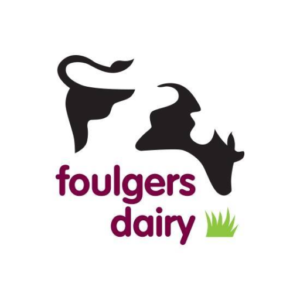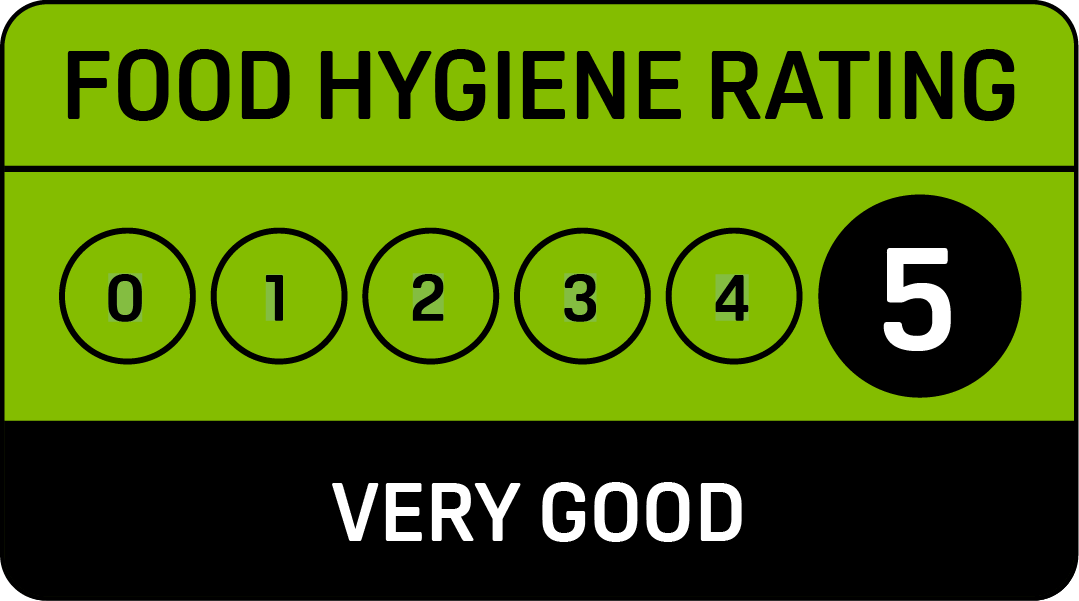The Benefits of Raw Butter
If you have heard of raw butter, you might be wondering what it is and how it differs from conventional store-bought butter. There is growing evidence that raw butter contains a range of health benefits that aren’t found in varieties of pasteurised butter. Raw butter is a great source of enzymes, probiotics, vitamins, and minerals that are often lost during the pasteurisation process. Nonetheless, raw butter is not without controversy, and some critics have voiced their concern that the risk of contamination from disease-causing bacteria and viruses simply can’t be ignored. This article therefore aims to explore what raw butter is: why it is called “raw”, its history, the benefits, and the possible risks of consuming it, and how best to purchase raw butter for yourself.
What is raw butter and how is it made?
In simple terms, raw butter is made from raw heavy cream that hasn’t been pasteurised or had other artificial chemicals or additives put in. The basis for making raw butter is the cream that rises to the top of unpasteurised raw milk. The cream is separated from the milk and placed in a butter churner where it is whipped for over half an hour until it turns into butter. Throughout the churning process, the cream is kept at room temperature to ensure the butter retains its natural healthy bacteria and enzymes. Natural salt may optionally be added to the raw butter as a preservative as this does not harm the healthy bacteria. However, both salted and non-salted varieties of raw butter are available.
The nutritional benefits of raw butter
Raw butter has many health benefits that are lost when the butter is pasteurised. Among the nutritional benefits of raw butter over pasteurised butter are:
- Raw butter contains lauric acid, which can help with digestive issues and reduce the symptoms of infections like candida.
- It helps prevent the formation of cancer cells as it has a high number of antioxidants.
- Contains natural vitamin D content that helps the body facilitate the absorption of calcium and therefore improve eye and bone health.
- Is a rich source of vitamin A and iodine which help to keep the thyroid healthy and functioning well.
- Contains vitamin E which helps the body fight heart disease, neurological conditions such as Alzheimer’s disease, and cancer.
- Features vitamin K which reduces bone loss and helps improve bone health.
- Includes vitamins and bacteria that help boost the body’s immune system.
- Helps to cut down the risk of tooth decay and cavity formation.
- Contains healthy fats that help disperse hormones throughout the body and improve endocrine health.
- Strengthens the body’s organs and glands as well as the eyes and arteries while also improving the look and health of your complexion.
- Raw butter often develops stronger bacteria and cultures as it ages. Although it develops a sour taste it does not go bad and can be even more beneficial to the body.
The differences between raw and pasteurised butter
The only real difference between raw and pasteurised butter is that the former has not undergone the pasteurisation process. Pasteurisation is used to eliminate harmful germs and viruses and was developed by French scientist and microbiologist Louis Pasteur in 1822. During the butter-making process, raw milk is heated to temperatures ranging from 65 to 75 degrees Celsius for up to 30 minutes. Using this method is useful for removing bacteria that may cause illness or injury if consumed. However, pasteurisation has the disadvantage of destroying many important microorganisms necessary for health and nutrition. To keep raw butter safe and free of contamination, dairy farmers must utilize other techniques and safety regulations in lieu of pasteurisation. Almost all butter sold in shops or supermarkets is pasteurised, although a few shops and producers make raw butter.
The controversy surrounding raw butter and its safety
There has been a significant amount of debate surrounding raw butter ever since the nineteenth century. At the time, dairy production environments were typically unclean, and health regulations in the industry were inadequate. As a result, animals became ill and produced milk tainted with viruses and deadly germs, which were then passed on to everyone who consumed it, frequently resulting in severe illness epidemics that took many lives.
As pasteurisation became commonplace in milk production, the threat of health risks such as TB transmission from animals to humans decreased. When it comes to producing raw milk and butter these days, dairy farmers are now required to adhere to considerably stronger health and safety protocols. There are however always potential health risks, and so it is always advisable for children to avoid raw butter and for those who have weak immune systems, are pregnant or nursing, elderly, or have chronic diseases.
However, raw butter, when manufactured and handled carefully, offers numerous health benefits simply not available in pasteurised butter. The notion of raw butter being inherently dangerous is now out of date, and when manufactured and handled with all due care, raw butter can be a very healthy alternative.
How to find and buy raw butter
In the United Kingdom, raw butter cannot be purchased from a store or supermarket. Instead, it must be purchased directly from a dairy farm. These dairy producers are required to comply with rigorous labelling regulations and submit to frequent health and safety tests before they may sell raw goods. To purchase raw butter for yourself, you will either visit the farm where it is made or use a milk delivery service, such as Foulgers Dairy. At Foulgers, we have an agreement with Fen Farm Dairy to supply and distribute their raw milk and butter directly to clients.
For more information about our products and services, please visit our online shop or contact us today.

